-
Posts
1,151 -
Joined
-
Last visited
Content Type
Profiles
Forums
Articles
Posts posted by tupp
-
-
2 hours ago, josdr said:
If you had an understanding of the actual camera in question and Fuji's Acros profile along with actual use of the said profile compared to Lut's etc I think you would reconsider.
Probably not. As I said, I don't use LUTs, and the Acros profiles are actually types of LUTs.
Nothing beats the eye of a versatile, experienced color grader. A LUT is limited in regards to what shots it can make look good. A LUT designed for high key won't work with a low key shot, and vice versa.
Also, a single LUT is limited to a single look -- not so with a good color grader. However, the main advantage that I argue is having all three color channels available when finishing in black & white.
2 hours ago, josdr said:You can dismiss it as a "baked look" but I have not seen anything better in B&W .
I am not particularly dismissing Acros as a baked-in look. I am saying that, in general, it severely limits one's options to commit to recording black & white camera files from a color camera. It doesn't matter if one records with the Acros profile, with some other internal black & white LUT or with an "inside straight. "
2 hours ago, josdr said:Your advice is sound in a general manner but it is not applicable in this case.
I strongly disagree.
Again, by having control of all three color channels in post, one has many more options. With the Acros profile (or with any other in-camera black & white profile), one is largely stuck with the way it looks.
2 hours ago, josdr said:Acros (with its four variations) is that good. You can dismiss it as a "baked look" but I have not seen anything better in B&W .
It might look good in many cases, but so do the results of a good color grader. A black & white LUT such as Acros can't handle all capture contrast ranges and exposure problems the way a good color grader can with all three color channels available.
2 hours ago, josdr said:There is a tonality and coherence of the image with Acros that cannot be possibly reproduced with an external LUT. Fujifilm is the undisputed leader in this.
I dispute that.
Again, I am not talking about a LUT.
I just looked at some Acros footage, and I have no doubt that a good color grader with access to all three color channels can make the images look just as good (and mostly better) than Acros.
Below is a quick and dirty examples of the dramatically different looks possible by having control of all three color channels:


Both images are from the same color photo. All I did was change the relative intensity of the three color channels (and then adjust the overall contrast accordingly).
One sacrifices such control of the look when one records black and white camera files with a color camera.
By the way, here is what the black & white image looks like with a decently even balance between the three color channels:

-
11 minutes ago, josdr said:
Acros will be great if exposed decently. You are not going to get the same result with a lut. Fuji's secret sauce is especially strong with Acros.
I don't know what Acros is, but what I suggested has nothing to do with LUTs. I never use LUTs unless an untrained client is on set. I like to have maximum control of the grade (or see to it that the hired color grader has maximum control).
13 minutes ago, josdr said:Fuji has 4 Acros modes that will satisfy all your requirements although human conceit may make us think that we can do better adjusting sliders .
It's not conceit, but experience that tells me it is generally better to leave one's options open. Acros sounds like it bakes-in a look and one would be mostly stuck with that look as the result would be black & white.
Having all three color channels to work with and to adjust separately gives a lot of versatility in the grade to black & white. After having done it several times, I would never commit to an in-camera conversion to black & white.
-
-
I don't know anything about those Fuji cameras nor about how they render in their "black & white mode," but it generally gives more control and versatility to shoot color images and then "grade" them into black & white.
Merely adjusting the relative brightness of the three color channels can yield a variety of skin tone looks.
If you know that you will be finishing in black & white, you don't have to white balance when shooting. However, if your camera records compressed files, the closer the color balance is to neutral, the more data one has to work with when grading the color images to black & white, and the less likely that one will encounter noise (with proper exposure).
-
The Frugal Filmmaker recently posted a relevant DIY video (http://www.youtube.com/watch?v=ydeZj6g2VBc😞
- Emanuel, newfoundmass and gethin
-
 1
1
-
 2
2
-
Or, instead of a cage with a locking pin, just go with a less expensive, delicate HDMI gimbal cable with a right-angle micro-HDMI connector:

You could can strain-relieve such flimsy, flat cables with gaffers tape or paper tape.
-
12 minutes ago, Alt Shoo said:
Y’all should read johnbrawley.wordpress.com it answers a lot of the assumptions in this thread.
Thanks for the link!
QuoteFrom the John Brawley blog post:
Instead of the typical 2×2 grid size that you have on a Bayer sensor of GRBG we now have in the same space a 6×6 grid that has 6G, 6R and 6B as well as 18W pixels.
Okay. So, this is an interesting approach!
RGBW sensors have appeared before, but not in this arrangement. A 6x6 cell seems a little unwieldy and complex -- there was nothing wrong with the simple 3x1 RGB sensor on the Sony F35. However, if Blackmagic made the filter work and if the results are good, I would like to try it.
I just wish that they would offer this type of sensor in a lower resolution, on a less expensive and more versatile camera body.
-
2 minutes ago, ntblowz said:
But judge rule in favour of Red anyway when Apple bought up the case last year, and Apple have the best lawyers you know?
Newsflash: Rich patent troll defeats underfunded but justified plaintiff in US patent court!
-
1 minute ago, thebrothersthre3 said:
I mean I would have preferred to see something else too.
Me, too... like perhaps a shallow lens mount -- is that too much to ask?
Some try to stand out from the rest of the pack with unique images. Such individuals value the versatility to be able to use a variety of shallow-mount lenses and shallow-mount creative adapters.
Built-in NDs that prevent shallow mounts are not useful when one needs such versatility. Besides, there are plenty of adapters with built-in NDs that can be used on shallow-mount cameras.
-
22 hours ago, rawshooter said:
Its real point is that it doesn't have a 2x2 Bayer matrix (as in my avatar on the left), but a 3x3 RGB matrix where all three colors are equally present.
Does Blackmagic actually claim that the sensor uses an RGB filter?
Also, if it is an RGB filter, wouldn't the matrix be 3x1 (but staggered?) -- similar to a striped RGB filters that we've seen on CCD sensors?
If Blackmagic doesn't state that they are actually using an RGB filter, I suspect that they are doing a low level "twist" on a Bayer filter and using creative marketing.
-
9 minutes ago, thebrothersthre3 said:
BRAW never violated RED's patents as its not true RAW. CDNG did though
Plus, the RED patent is weak. There is plenty of prior art in regards to wavelet compression of video.
-
On 7/14/2020 at 8:02 AM, dreamplayhouse said:
I am now looking at something smaller with IBIS for video. How does the GX85 compare to the OMD EM 10 Mark III when it comes to video?
I have the E-M10 III. I love it, and it has a few advantages (and disadvantages) compared to the GX85.
However, if I didn't have the E-M10 III nor any lenses, I would seriously consider this US$498 GX85 bundle with 12-32mm and 45-150mm lenses.
-
12k? Meh... I'll keep using my Forza 18K camera from 2014.
The resolution and frame rates do absolutely nothing for me.
On the other hand, if this camera is using a striped RGB CMOS sensor, that IS notable! The striped RGB CCD sensors always looked good, especially on the Sony S35.
Does anyone see where Blackmagic states that the camera actually utilizes a striped RGB filter on the sensor? I suspect that they are being creative with their claims here, and could be using a Bayer filter with a twist on the low-level RGB conversion the A-D converter.
-
-
11 hours ago, Antoin e said:
Also, dummy question : How do you transport these type of cameras for a shoot ? I can put in my pelican 1510 when everything is detached but it does take some time to put it together so i guess maybe just put the F3 already build up in the car with a seatbelt and put the lenses/accessories in the case.
On one feature I shot, we used a "Snow White"-themed rolling case, very similar to this:

We put in a little padding in it, and it was very convenient in carrying the fully built camera. When we wanted the camera on set, we would call, "'Princess Case' on set!"
When shooting in crowds, we could walk a fair distance away from the case, and nobody bothered it.
-
44 minutes ago, Antoin e said:
Of course it is amateur but at least i can still get some cool shots
I am primarily concerned about the risk of losing your camera and more so about the hazard that the rig poses for motorists behind the hero vehicle.
At minimum, replace the open hooks with strong carabiners or with removable chain links. The top carabiner needs to completely encompass that runner on the luggage rack, so that it cannot fall off during a bounce.
In addition, to prevent the bounce/wobble, solidity could be added with two extra ratchet straps (or motorcycle straps) -- one strap tensioned between the camera platform and to the top of the car and the other strap tensioned between the camera platform and the bottom of the car. These extra straps would also increase safety.
-
1 hour ago, Antoin e said:
Do any of you already used it on a Glidecam ? I tried it on my Ronin M and obviously it did not work but i am wondering if it is possible with a glidecam in order to get steadyshots.
Not familiar with Glidecam (as much as Steadicam), but there has to be a Glidecam model with enough capacity for a Sony F3.
Be aware that Steadicam-style stabilizers are not something that the typical gimbal-kiddie can just pick up and instantly start shooting -- it takes a bit of practice and training. The best Steadicam operators have years of experience.
On the other hand, I would bet that gimbals exist that could hold an F3 with an FD prime.
1 hour ago, Antoin e said:I see two alarming problems with the rig pictured:
- That tag line with the hooks should be replaced with a solid strut (or, even better, two "triangulated" struts). Every significant bump will cause the camera to bounce up and down (ruining that part of the take).
- There is no backup "safety" portion of the rig -- a rig that uses suction cups and a tag line with open hooks. With each bounce, there is a possibility that one of those open hooks could fall off of its pick point, and if that happens, "that's all she wrote" for the camera (and possibly for a motorcyclist following the car). If they had to go with the tag line (instead of a strut), those open hooks should have been carabiners. Regardless, any car rig should have separate, properly-tensioned safety straps, and the pictured rig has nothing in that regard.
A typical grip hostess tray with risers and a head would be more secure and would be easier to rig and adjust.
Also, I am not an audio person, but why is that mic mounted like that on the camera with a car rig?
I strongly urge you to go review several different tutorials on how to properly and safely rig car mounts, before trying to do so yourself.
-
1 hour ago, tupp said:
Generally, the darker the image, the more the saturation.
Meant to say, "The darker the image, the more saturation seems conspicuous -- unless, of course, the image gets so dark that it's mostly black."
-
Generally, the darker the image, the more the saturation. Furthermore, most digital cameras give a lot of saturation in their non-raw files, and Canon cameras additionally boost the reds.
Starting with the brightest sample posted, the image below was yielded merely by boosting the gamma/mid-tones, bringing the blacks down to zero, reducing the saturation and backing off the reds (for Canon):
If one wants to keep it a little darker (and still have it look like daytime), be more gentle in boosting the mid-tones but further reduce the saturation, and keep the blacks at zero and keep the Canon reds reduced as in the image directly above:
By the way, the fringing/chromatic-aberration doesn't look too bad, and a light touch with a CA/fringe filter should take care of it nicely.
- heart0less, kaylee and leslie
-
 3
3
-
44 minutes ago, leslie said:
there's probably is good vlog in buying a cheap battery plate drilling / tapping and maybe countersinking a couple of holes in it to aid functionality in bolting it to a camera. However i'm kinda lazy if smallrig want to do the work for me i'll pay them a $100 😎 i can see the value in that
Of course, all of the battery plates that I have linked/mentioned already have mounting holes/screws.
Furthermore, each of the videos that I have linked show the plates mounted to cameras and cages.
-
19 minutes ago, leslie said:
i feel the metal base with the mounting options and the dummy battery gives one a lot of flexibility.
The first battery plate that I linked (with the BMP4K power cable) is metal.
Regardless, here is a video that gives a rundown on the various sizes of NP batteries. -
On 6/12/2020 at 2:54 PM, Oliver Daniel said:
When I started out, I had barely any budget for lights and bought 3 X 800w redheads for £120. They sparked when I plugged them in, burnt my hands and melted all my gels in like 2 minutes.
- make sure your power switch is turned off when you plug in your light (or any other device);
- wear gloves if you are not familiar with how to handle hot lights;
- only mount gels to the side barndoors or to a gel frame made for the fixture.
-
Tungsten lights are a good deal right now. In a recent interview, Roger Deakins talked about LEDs vs. tungsten.
-
43 minutes ago, leslie said:
A quick google search has that smallrig np battery holder on preorder for $ 95 aus from the videoguys.
NP batteries are a good way to go for most cameras, and there are plenty of options both more expensive and much less expensive than that small rig battery plate.
Here is an NP battery plate with a BMP4K connector for US$38.
If I had a BMP4K and I wanted to use NP batteries, I would just get a cheap plastic battery plate and wire it to a BMP4K connector (with pigtails), which would probably give a total cost of about US$15. Here is Chung Dha's inexpensive NP battery plate video.
Keep in mind that some NP battery plates allow slight leeching of current from the battery by the connected equipment and by the plate's own LED indicators and circuitry. Here is The Frugal Filmmaker's video on how he installed a cut-off switch on plastic NP battery plates that prevents that current leeching.



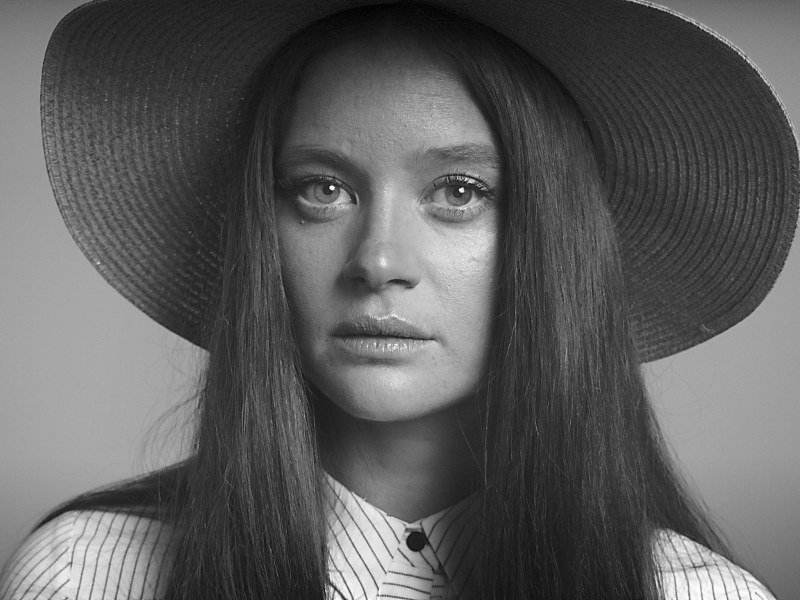
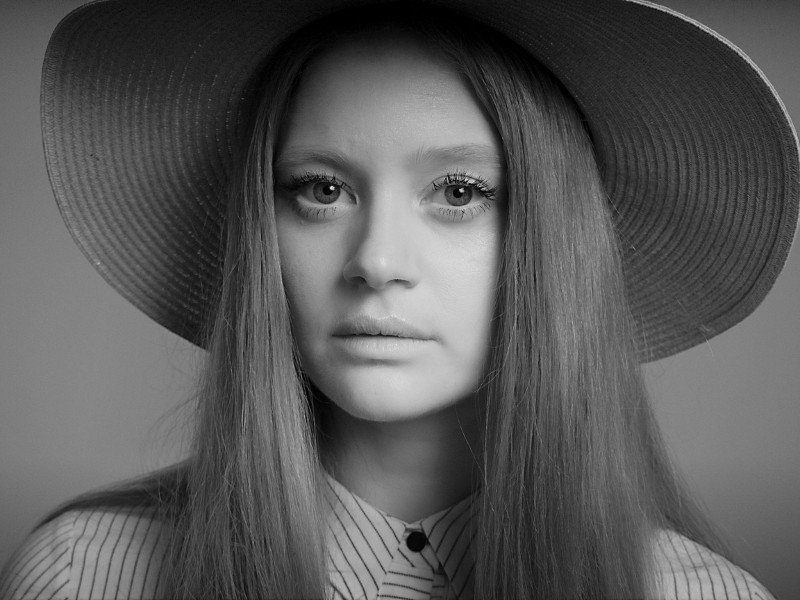
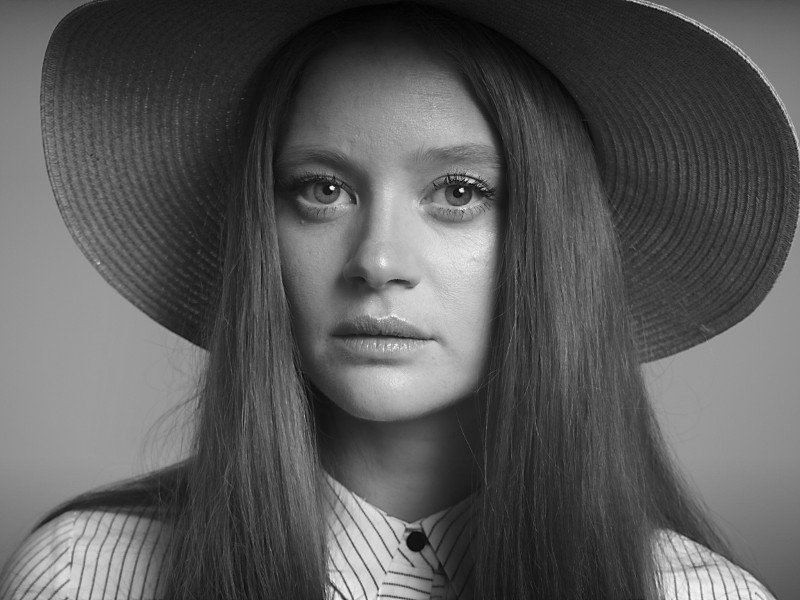

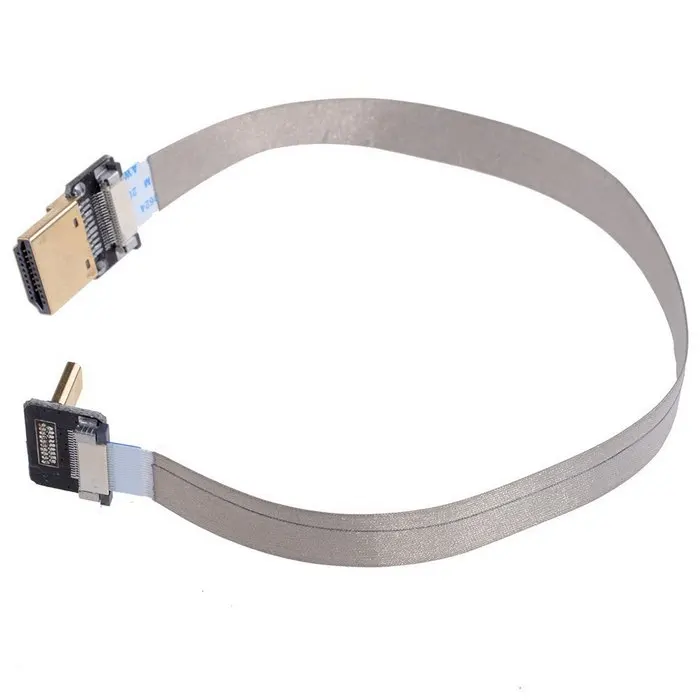
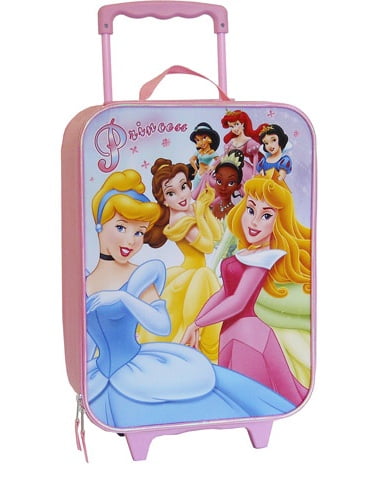


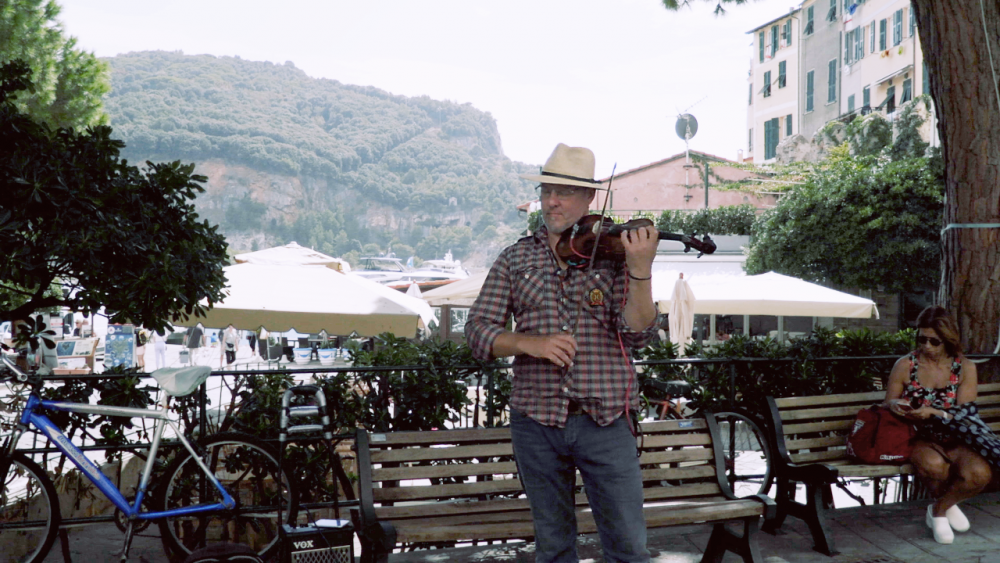
No flip out screen? A solution for vlogging with those cameras that fold up but not out
In: Cameras
Posted
Yes. It's great that he is back!